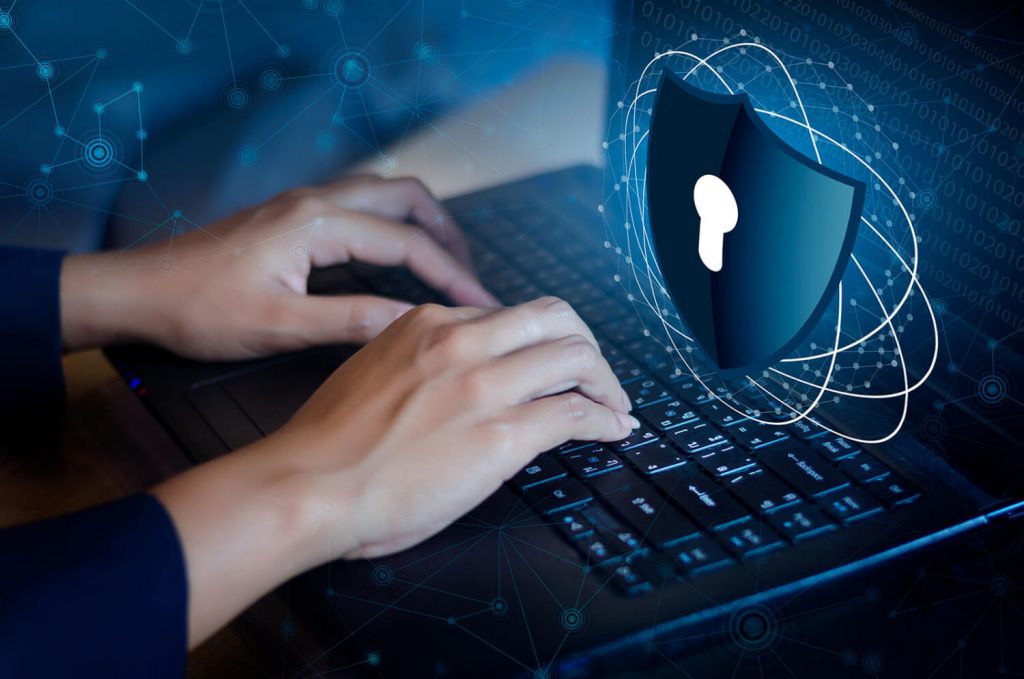Cyber-security typically comprehends any measure taken to safeguard online information. It protects anything connected to a network (for example, data, information, hardware, among others). Moreover, it also secures the infrastructure on which it built.
Europol already has 200,000 victims in 150 countries. While the world faced the most massive cyber-attack in its history, companies are still struggling to estimate the extent of the damage. These attacks are not limited to small companies. The biggest companies can also fall victim to cybercriminals.
In this article, I invite you to learn more about the three most common types of cyber-attacks and cyber-attack prevention plan.
Phishing
Have you been following the saga of Russian interference in the last US presidential election in 2016? Then you may know that a “rigged” email, using Gmail codes, is the source of this mess.
Phishing is certainly the most widespread cyber-attack on the web. It is a phishing technique that consists of impersonating a trusted person or company. It collects personal information (bank details, passwords, etc.).
Most of the time, an email was sent to you asking you to click on a link.
If you’re redirecting to the site of the structure in question, you’re, diverted to a spam site. That may create by cybercriminals. You are then asked to enter certain information. This is when it is collected and then exploited by the “pirates.”
This cyber-attack is not directly related to a security breach in your computer system. On the contrary, it exploits your lack of attention.
- Be alert to the emails (or even SMS) you receive:
- Try to identify spelling mistakes or poor quality visuals
- Check the structure of the email address
- Do not click directly on the link, but enter it manually in your search bar
- Before entering confidential data, make sure that the link URL begins with “https.”
- Contact the organization that seems to have been usurped to remove any doubts about the message received.
The Man in the Middle Attack (MITM)
This cyber-attack translates to “the man in the middle” (HDM) and can take many forms. Most of the time, a hacker manages to position itself between a client and a server to intercept the exchanged data.
In a more concrete example, the attack could take place when you (the customer) enter information on your bank’s site (the server). HDM collects your data and then uses it without your knowledge.
Typically, MITM cyber-attacks take place when you connect to a compromised public Wi-Fi network. By usurping the latter, the cybercriminal can spy on all your actions on the web. It can easily recover your passwords, your credit card number, and even see your exchanges by SMS, on Facebook, etc.
The best prevention against a Man in the Middle attack is to use a VPN. It can encrypt your data, making it difficult for hackers.
Also, avoid connecting to public networks to make purchases, connect to your bank’s site. Further, do anything else that requires you to enter or communicate sensitive data.
Malware
Malware, a contraction of “malicious” and “software,” is a malicious program. It installs on your computer or any other device.
Among the most prevalent malware viruses include the ransomware. It holds your personal data against ransom or the crypto-jacking. That uses computer resources to exploit the crypto-currency secretly.
Malware is the “easiest” cyber threat to avoid because it involves device security. To protect yourself, install firewalls and antivirus.
Another way to guard against this kind of cyber-attack is to keep your operating system up to date. This allows your device to install the necessary fixes for security breaches.
Note that the appearance of a toolbar that you have not installed, a sudden drop in your device performance, or constant pop-ups should alert you. These are signs that your website infected with malware.
Cyber-attacks Prevention Plan
Here are a few steps that help you to reduce the risk of becoming a victim of cyber-attack.
- Establish a workshop for employees in cyber-security principles.
- Install antivirus and antispyware software on your professional laptops and computers. And don’t forget to update them.
- For the security of your Internet connection, use a firewall.
- Software updates are essential for operating systems and applications.
- To secure your important business data and information, make backup copies.
- Control physical access to your computers and network components.
- Make your Wi-Fi networks safe and secure. If you’ve a Wi-Fi network for your workplace, make sure it is secure and hidden.
- Make an individual account for each user (employee).
- Limit employee access to sensitive information and important data. Moreover, restrict the authorization to install the software.
- Frequently change passwords and prefer a robust and unique password.






